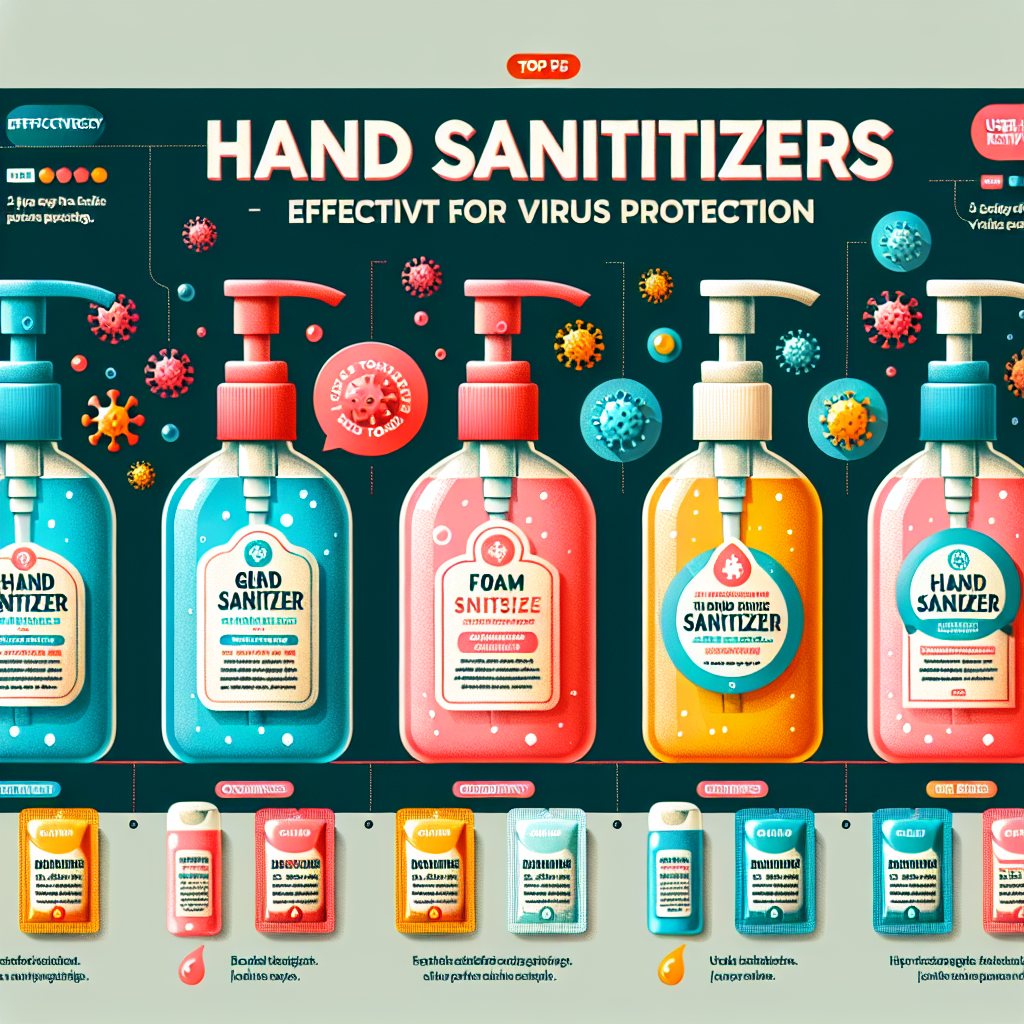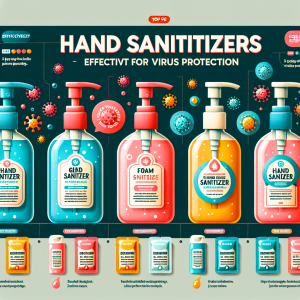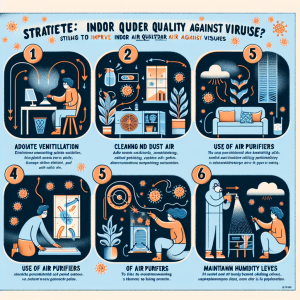How to prevent foodborne bacterial infections?
Foodborne bacterial infections are a significant public health concern worldwide, affecting millions of individuals each year. These infections result from consuming contaminated food or beverages, leading to various gastrointestinal symptoms and, in severe cases, hospitalization. The most common pathogens causing foodborne illnesses include Salmonella, E. coli, and Listeria. Understanding these infections and the associated risks is crucial in preventing their occurrence and ensuring food safety.
The risks of foodborne bacterial infections are exacerbated by various factors, including improper food handling, inadequate cooking, and insufficient storage conditions. Vulnerable populations, such as pregnant women, young children, the elderly, and individuals with weakened immune systems, are particularly susceptible to severe outcomes from these infections. Awareness of these risks is the first step in promoting food safety and reducing the likelihood of illness.
In addition, the economic burden of foodborne illnesses is substantial, costing billions annually in healthcare expenses and lost productivity. According to the Centers for Disease Control and Prevention (CDC), while many infections are mild and resolve without treatment, some can lead to long-term health complications. Thus, taking proactive measures to prevent foodborne bacterial infections is imperative for both individual health and public safety.
Essential Hygiene Practices to Prevent Food Contamination
One of the foundational aspects of preventing foodborne bacterial infections is maintaining proper hygiene in the kitchen. This includes regular handwashing, which is crucial before and after handling food. The CDC recommends washing hands with soap and water for at least 20 seconds, especially after using the restroom, touching raw meats, or handling pets. Keeping hands clean significantly reduces the risk of transferring harmful bacteria to food.
In addition to hand hygiene, it is vital to ensure that kitchen surfaces and utensils are kept clean. Contaminated surfaces can harbor harmful bacteria that may transfer to food during preparation. Regularly sanitizing countertops, cutting boards, and kitchen tools using hot, soapy water or approved sanitizing solutions is recommended. Moreover, separate cutting boards for raw meats and vegetables can help minimize cross-contamination.
Another critical aspect of hygiene is the proper handling of food products. This includes checking the expiration dates and physical condition of food items before use. If there are any signs of spoilage, such as unusual odors or discoloration, it is best to discard them. By implementing strict hygiene practices, individuals can significantly reduce the risk of foodborne bacterial infections.
Safe Food Preparation Techniques for Home Cooks
Cooking food to the right temperature is one of the most effective ways to eliminate harmful bacteria. Each type of food has a recommended safe cooking temperature that should be adhered to. For instance, poultry should be cooked to an internal temperature of 165°F (75°C), while ground meats should reach at least 160°F (71°C). Using a food thermometer can help ensure that food is cooked thoroughly and is safe to consume.
Additionally, utilizing the correct thawing methods is crucial for food safety. Thawing food at room temperature can promote bacterial growth. Instead, foods should be thawed in the refrigerator, under cold running water, or in the microwave if they will be cooked immediately afterward. This practice helps maintain food safety and prevents the occurrence of foodborne illnesses.
Finally, being mindful of food expiration dates and proper cooking techniques, such as avoiding excessive reheating, contributes significantly to food safety. Leftovers should be consumed within a few days and reheated to the proper temperature before consumption. By following safe food preparation techniques, home cooks can play a pivotal role in preventing foodborne bacterial infections.
Proper Storage and Handling to Maintain Food Safety
Proper storage practices are essential in preventing the growth of bacteria in food. Refrigeration plays a critical role, as keeping food at temperatures below 40°F (4°C) significantly slows bacterial growth. It is crucial to store perishable items in the refrigerator promptly after purchase and ensure that the fridge is set to the correct temperature. Additionally, food should be stored in airtight containers to prevent contamination and maintain freshness.
When it comes to freezing food, it is essential to package items properly to avoid freezer burn and maintain quality. Foods should be wrapped tightly with freezer-safe materials, and it is advisable to label containers with the date to ensure that older items are consumed first. Regularly checking the contents of the freezer can help keep track of food items and ensure that nothing is left to spoil.
Moreover, understanding the "first in, first out" (FIFO) principle can help manage food storage effectively. This means that older items should be used before newer ones to prevent food waste and mitigate the risk of consuming spoiled products. By implementing proper storage and handling techniques, individuals can significantly enhance food safety and reduce the risk of foodborne bacterial infections.
Preventing foodborne bacterial infections is a vital responsibility for anyone involved in food preparation or handling. By understanding the risks associated with these infections, adhering to essential hygiene practices, employing safe food preparation techniques, and maintaining proper storage and handling, individuals can significantly reduce the likelihood of foodborne illnesses. Educating oneself and others about food safety not only protects personal health but also contributes to the overall well-being of the community. For more information, consider visiting the CDC’s food safety page or exploring resources from the Food and Drug Administration (FDA). Together, we can ensure that the food we consume is safe and healthy.
Top hand sanitizers for virus protectionSeasonal flu vaccine effectivenessLatest research on virus transmissionRelevant LinkRelevant LinkRelevant Link













